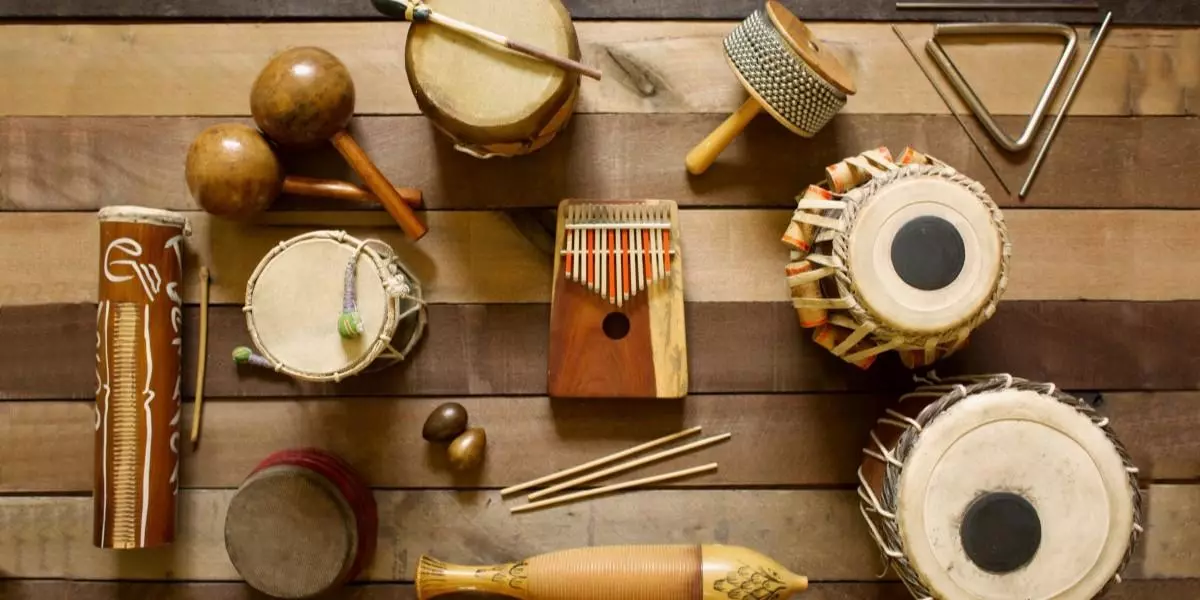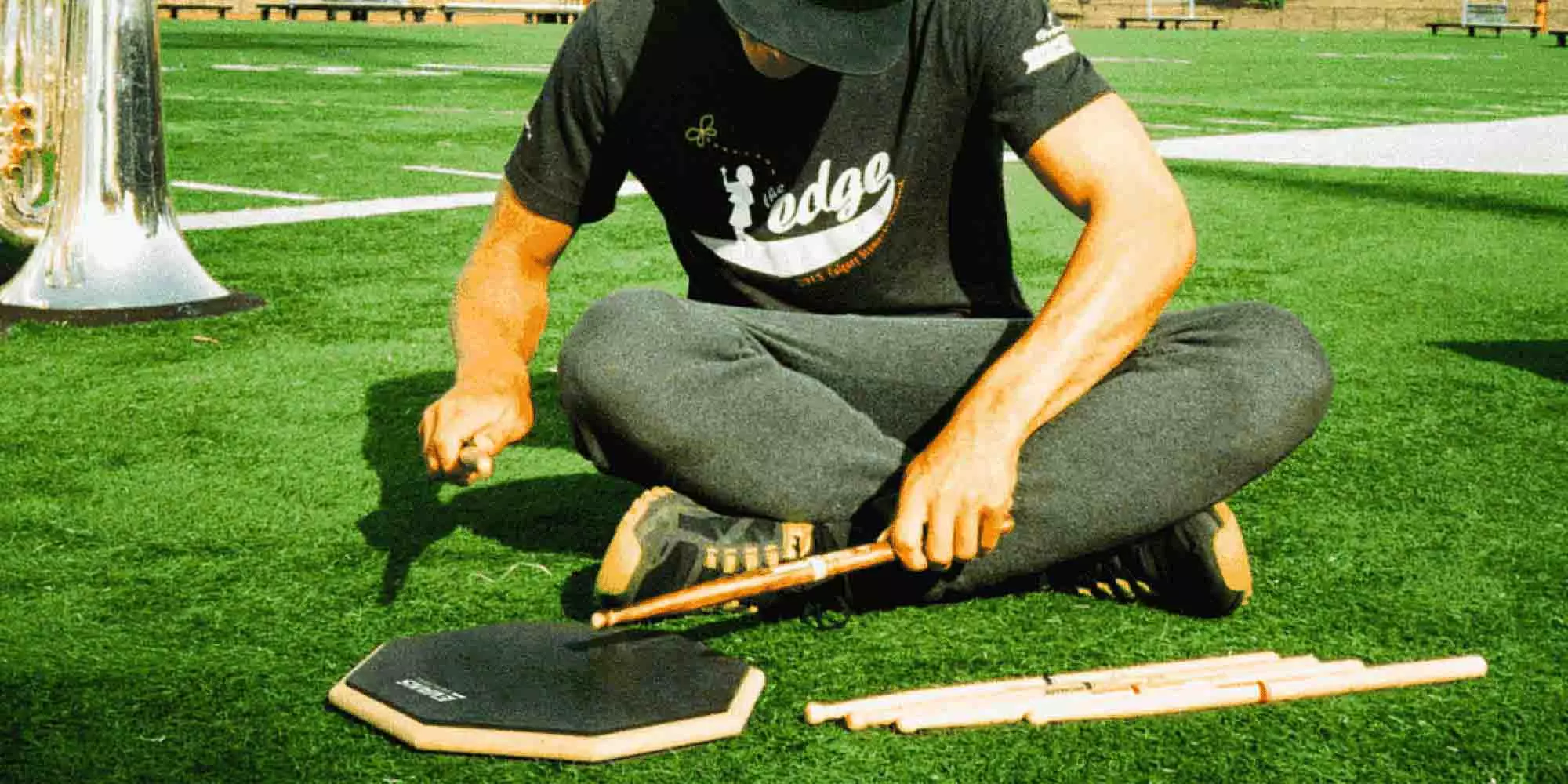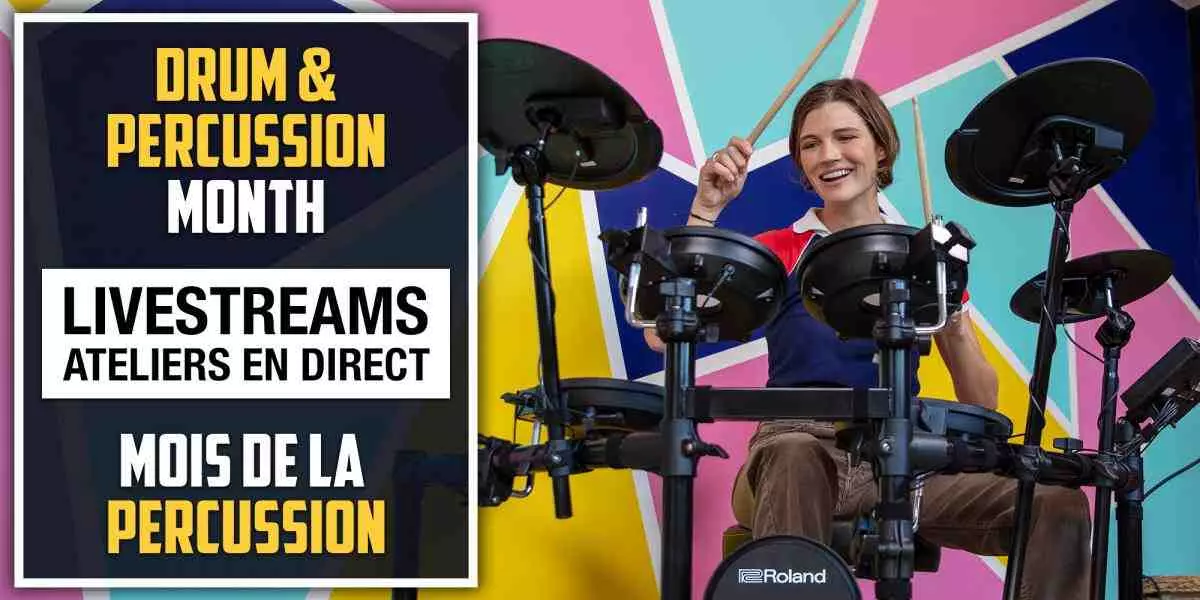The Heart of Your Drums: A Guide to the Sound of Different Shell Materials

There is a lot to decide when picking out the right drum set. What sort of set-up? Hardware? Cymbals? Brand? Appearance?
One of the best ways to decide what drum set you want to see yourself behind (aside from which model has the coolest finishes!) is by choosing what sort of materials you want it to be made of. This quick guide gives you a basic rundown of the most common, and even some rarer, materials used, the sort of tone they produce, and the best musical setting to use them in.
Birch
Birch drums are one of the more common materials used in drum sets. Not only are they most often used in intermediate level kits such as Yamaha's Stage Custom, but some higher end, more professional drums such as Sonor's SQ1 series.
Some people discredit birch as it is an extremely common wood to use, and it is also less expensive so long as it is not hand picked and hand crafted, but it is a very popular and versatile option for both beginners and pros. Birch offers reduced mids, slightly increased lows, and increased highs for a sound that can be described as punchy and sustaining. It is a common drum to use both in the studio and live, and can be used in settings where a large presence is required. Genres such as rock bode well with the punchy and sustaining sound, though with the right heads and a higher tuning, metal music is also an option. This is because the sharp attack mixed with a tighter tuning allows every hit of the drumstick to be heard amongst the wall of sound that the metal genre usually produces. The tighter and punchier the sound, the more notes you can clearly play in a shorter period of time!
Maple
Maple drums are also a common shell type, although it usually is a slightly more expensive wood and is reserved for intermediate to professional drum kits. Pearl's Decade Maple is a good example of a less expensive intermediate kit, whereas Mapex's Black Panther Black Widow is an amazing example of a high-end maple kit. The sound created by maple drums boost the low ends slightly more than the mids and the highs, creating what most describe as a warmer sounding drum kit. Maple is also one of the louder woods to use as it is more dense, which makes it a good kit to use for live settings where the drums are not equipped with mics. Like birch, maple is a very versatile wood and can be used for anything from rock to jazz and more!
Mahogany
The most popular type of mahogany is African mahogany. This is the third most popular type of wood that drum kits are made out of, behind birch and maple. When buying mahogany, one should be wary of the type of mahogany used. African mahogany is denser and produces a better drum sound, whereas cheaper forms of mahogany (known as luan) are popularly used in less expensive mahogany kits to cut down the cost of creating them. Pearl's Export kit is a very good example of African mahogany, and it is mixed with poplar to even out the tones. Mahogany boosts the low end, and creates a warm sound that can be even boomier than maple kits.
Oak
Oak is a much rarer wood to find in drum sets as it is difficult to work with. Most oak drum sets are made of Japanese oak, as this specific species is much stronger than types of oak that are more readily available. Like maple drums, the density of the wood is a lot higher than most woods, and thus it is a louder drum set. The difference between oak and maple is that tonally they are exact opposites. Oak boosts the high ends, which produces a punchy and bright sound that a lot of people adore for genres such as funk and metal, whereas maple boosts the low ends. Unfortunately, due to the rare nature of the wood and the difficulty of the wood working, it is a significantly more expensive drum kit to purchase. Yamaha's Oak Custom is one of the most popular lines for this type of wood.
Poplar
Mostly used in less expensive drum kits, poplar is a softer wood that is popular amongst starter lines such as Pearl's Export, or Mapex's Storm. It is commonly used as a filler to place between multiple plies of different woods. Pearl's Export line is a good example of this, as it is a blend of mahogany and poplar. Its sound is similar to birch with slightly boosted lows and highs, creating a well rounded and versatile sound.
Bubinga and Walnut
These two woods are rarely ever used together, but they are grouped here due to the similarity between the two of them. They are both woods that amplify the low ends to an extreme degree, resulting in an amazingly deep sound. These woods are fairly expensive, and often found amongst higher end drum kits and snares as they add a beautiful presence to the drum kit, which is ideal for a loud live setting. Walnut is typically used in hybrid makes, such as Mapex's Saturn wlalnut and maple line, as it is slightly softer and the lack of density takes away from the ability to project sound. Bubinga is denser and most commonly used on its own, such as in Tama's Starclassic Bubinga line.
Metal Snares
Drum kits are almost never created from metal these days, although Ludwig did have a stainless steel kit released back in the ‘70s! Realistically, they are too heavy to cart around to gigs, and although they do have quite a significant sound to them, they were just not feasible enough to be overly popular.
Snares, on the other hand, are quite commonly made using different types of metals. Two different manufacturing techniques, seamless crafting and hand hammered crafting, bring out two different voices from the snare. Seamless crafting is when the metal is machine spun, creating the shell as evenly and seamlessly as possible. This technique allows both the air and the sound waves to travel through the drum unimpeded, creating a brighter and more articulate sound due to the fact that the vibrations inside the snare are faster. Slowing down the vibrations by adding impedance through a hand hammering process, creating a cratered visual effect, creates a lower tone, allowing a metal snare to sound warmer and almost wood-like in nature.
One of the most common metals used in snares is stainless steel. There is only one word to describe these types of snares: loud. They are extremely bright, piercing, and high on the decibel scale. If you are in an AC/DC cover band, then this is the snare for you. Aluminum is the second most common type of metal snare. They are lightweight, inexpensive and less susceptible to corrosion, which is usually a big selling point, and offer a dry sound that can be quite aggressive. They are very similar to steel snares. Brass is next on the list of common metal snares. These snares are warm and dynamic, they emphasize the low ends, and allow every single stroke of the drum stick to be heard, no matter how light the touch. They are wonderful for progressive rock, jazz, funk, and any other type of music that would do well with a warm and responsive snare. Copper snares, though much rarer in make and generally more expensive, have a very similar tonal sound to brass.
In Conclusion
What matters most in choosing your drum set is your taste. There are so many tonal sounds out there, and even for beginners it is not too difficult to know what you want your drum kit to sound like!
The biggest thing to keep in mind is that there is no right answer, and you don't have to decide on one sound either. Most beginners love the idea of a loud kit with lots of sustain, so a birch or mahogany kit is usually a good type to start on. Tastes change over time, and the more you develop as a drummer, the more your tastes will change. Early on you may dream for the amazing thud of a bubinga kit, but the more you develop, the more you may realize that punchy oak kit you never noticed before is really where your heart lies!
Check out our other blogs for even more information about drums!
**
Michael Schroth has been working for Long & McQuade Waterloo as a Lesson Centre Coordinator since 2016 and has been an active musician for many years. In his personal time, he works on his own musical projects as a multi-instrument musician playing keys, guitar, and mainly drums as a Mapex-endorsed artist.






